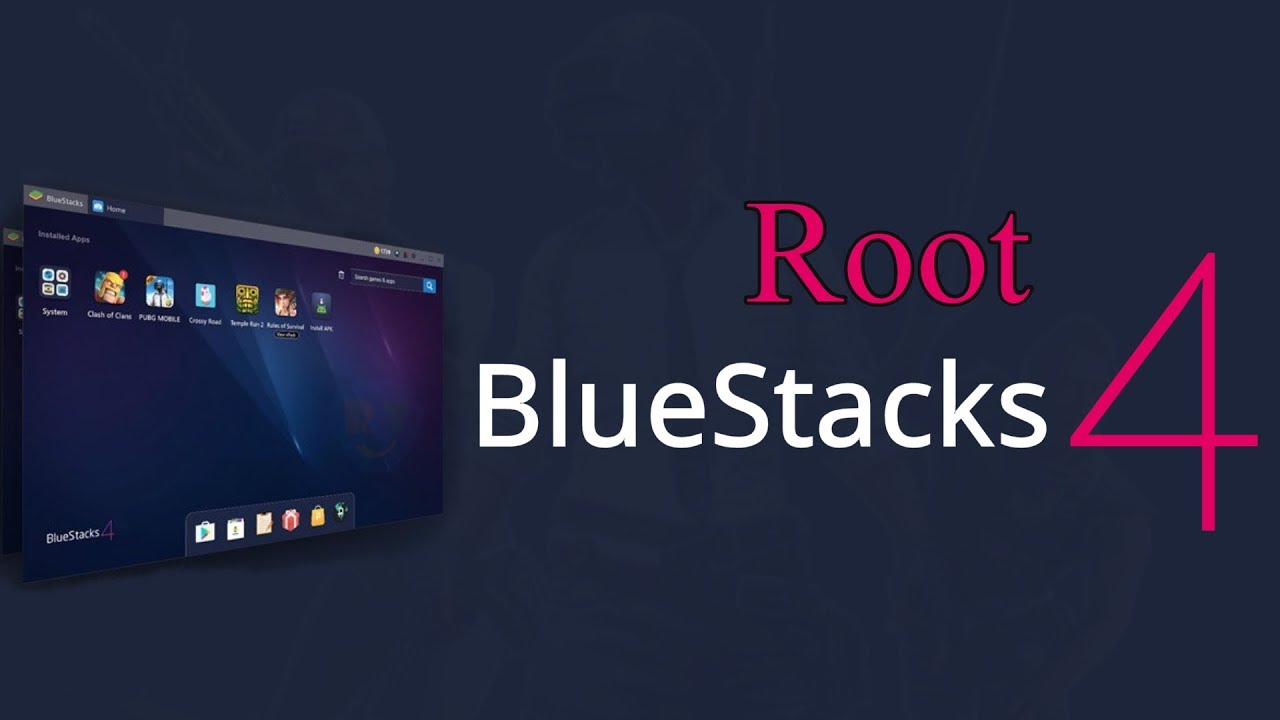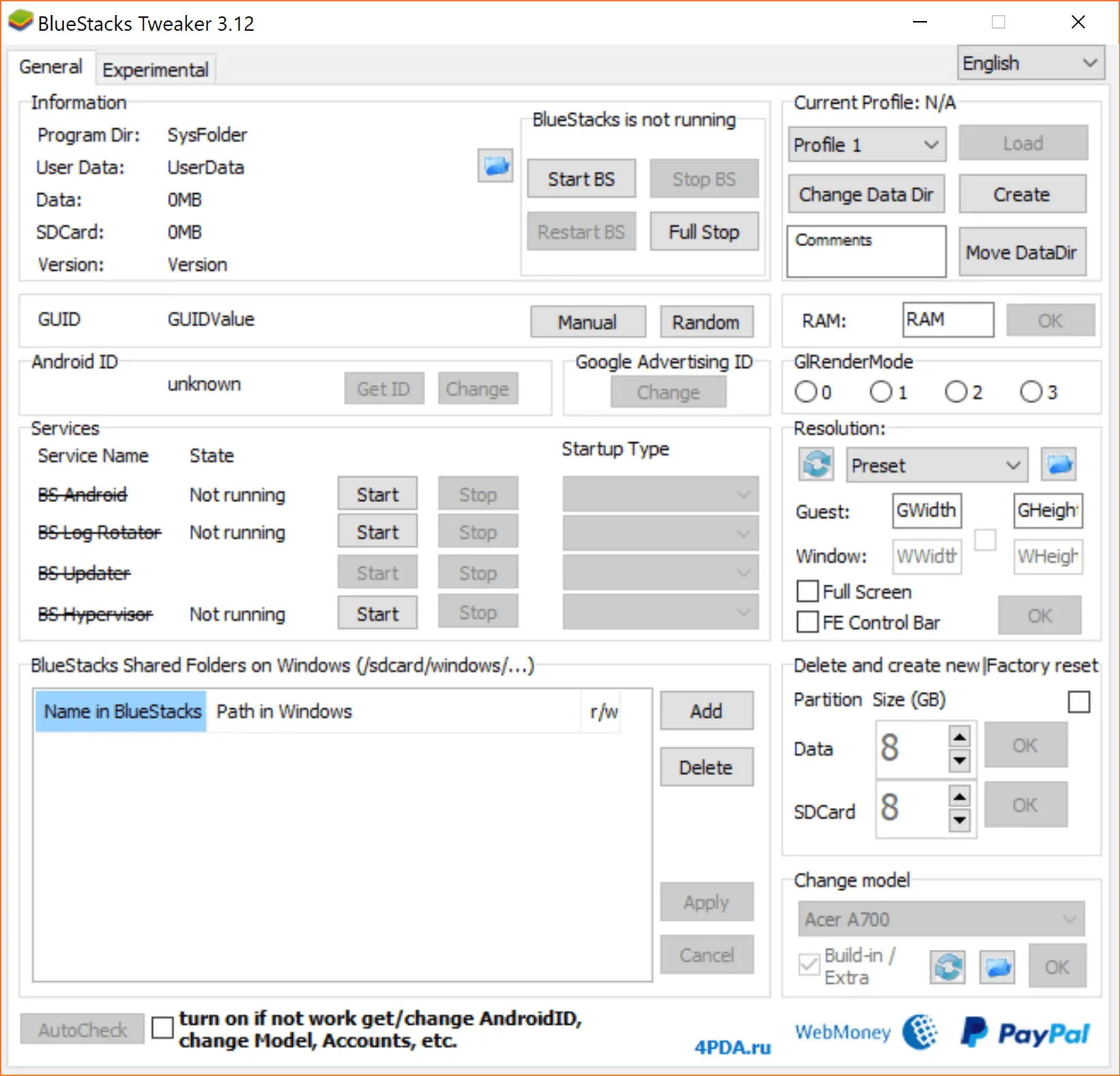

Click on New Instance in BlueStacks Multi-Instance Manager Launch the BlueStacks Multi-Instance Manager and click New Instance (near the bottom right).In such a case, creating a new BlueStacks instance in the BlueStacks Multi-instance Manager will be a safe approach. Create a New BlueStacks InstanceĪs you are going to try to root the BlueStacks, this comes with some risks, and trying it on a BlueStacks installation that has some essential data on it, may render the installation useless. Additionally, rooted BlueStacks can be used for some illegal activities, so, proceed with extreme caution and stay within the legal boundaries. Moreover, in some cases, third-party applications are used, which are generally safe but may harm your system/data. Proceed at your own risk as rooting BlueStacks can cause it to become unstable and it may fail to launch. There can be many methods both, automatic or manual to root BlueStacks, but we will try to use a simple approach so that a common user can follow the instructions.


As one of the top Android Emulators, there is always a requirement from some advanced users to root the BlueStacks application. This allows the user to perform different operations (that a normal user cannot like changing the boot animation etc.) and install applications that require root access (like Wi-Fi sniffer). In Android, rooting is a process to gain administrative privileges on the phone and have access to the Android system files.


 0 kommentar(er)
0 kommentar(er)
